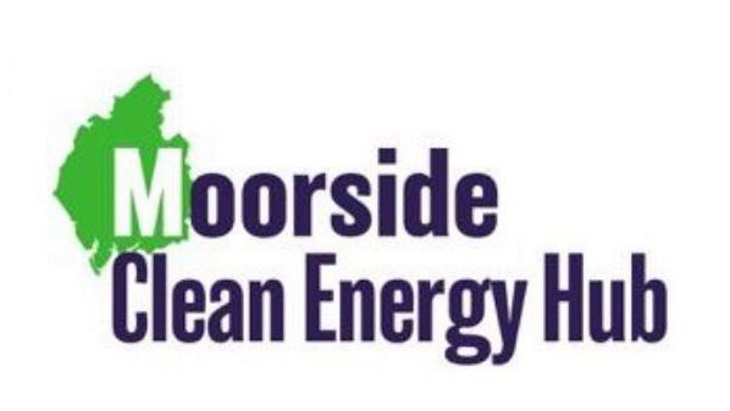The Moorside Clean Energy Hub plans to capitalise on the design, replication and project experience from the Hinkley Point C UK EPR and the follow-on Sizewell C project to develop Moorside, as well as offering to host SMRs and AMRs. Co-locating future technologies alongside UK EPR technology will bring together a range of skills, experience and industry knowledge at one site, the group said, helping to bring forward the development of SMRs and AMRs. The hub will link the nuclear plants with other energy technologies such as renewable energy generation, hydrogen production and energy storage. It will explore ways of providing clean heat to industry and could also produce hydrogen to be used as a "green" fuel for local transport and industry.
The Moorside Hub includes: Altrad; Atkins; Balfour Beatty Bailey; Bilfinger; Cavendish Nuclear; Doosan Babcock; EDF; GMB; Jacobs; Laing O'Rourke; Mott MacDonald; Mace; Prospect; Quod; Unite the Union; and economic development specialist John Fyfe. Several of the companies are involved in the construction of Hinkley Point C, and many are involved in Sizewell C.
Hinkley Point C, which is under construction in Somerset in south-west England, has already created 10,000 jobs and spending of more than GBP1.7 billion (USD2.1 billion) in the local economy, the group said. Work on Sizewell C - the Development Consent Order for which was accepted for examination by the Planning Inspectorate last week - has shown that the design of Hinkley Point C can be replicated in different ground conditions, and that that the power station can offer low carbon heat as well as electricity, it added.
Moorside, which lies to the north side of the Sellafield site, had been earmarked by the NuGeneration (NuGen) consortium to build a nuclear power plant of up to 3.8 GWe gross capacity using Westinghouse AP1000 reactor technology. Toshiba - by then the sole owner of NuGen - in November 2018 announced it was withdrawing from the new-build project, and NuGen was wound up. The site itself, which NuGen bought from the UK Nuclear Decommissioning Authority in 2009, remains designated by government for nuclear new build.
The UK's Nuclear Industry Association today welcomed the new proposals for the Moorside site. Chief Executive Tom Greatrex said the "serious" interest from developers and "great support" from the local community, supply chain and trades unions demonstrated the level of excitement around nuclear's potential to boost economic regeneration whilst meeting environmental goals.
"These are exactly the attributes the country needs to bounce back from COVID-19, deliver jobs, and get us on track to hit Net Zero," he said. "Large scale and smaller, next generation technologies have a huge amount to offer working as part of the clean energy hub concept. They can deliver clean electricity and achieve deeper decarbonisation through the creation of hydrogen, clean fuels and district and industrial heating."






_63865.jpg)
_18570.jpg)
_16159.jpg)





